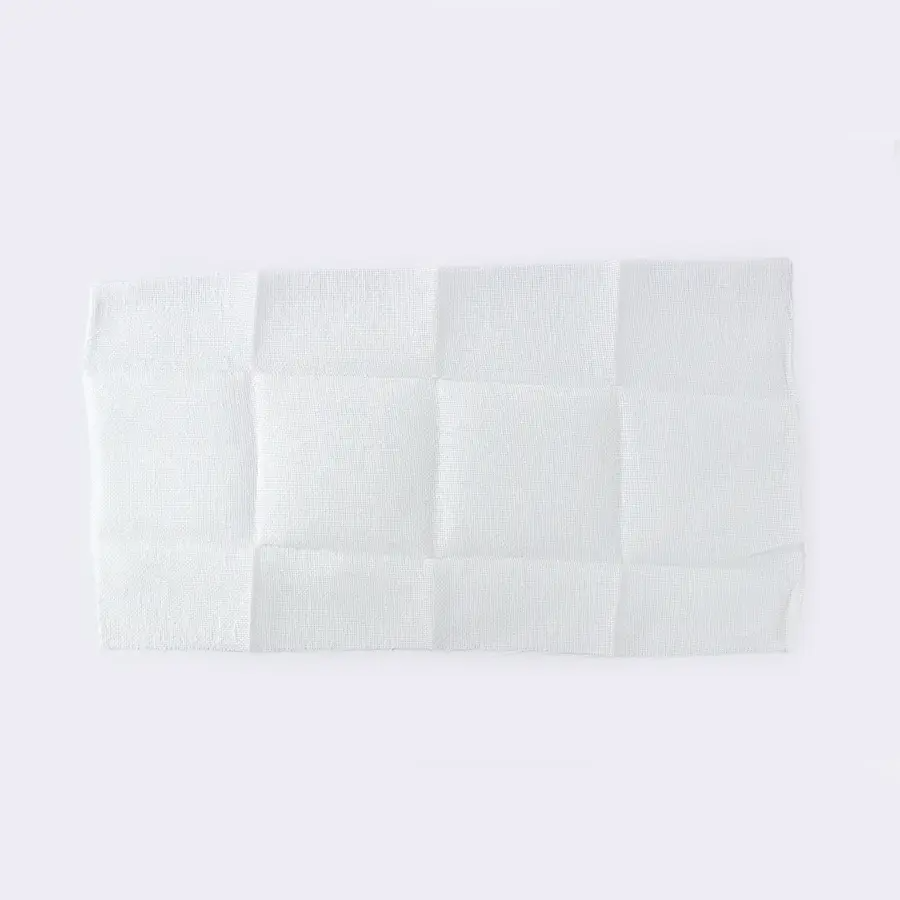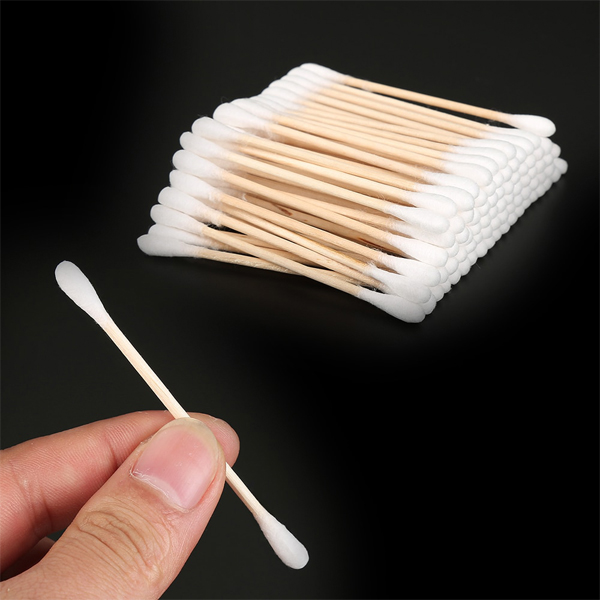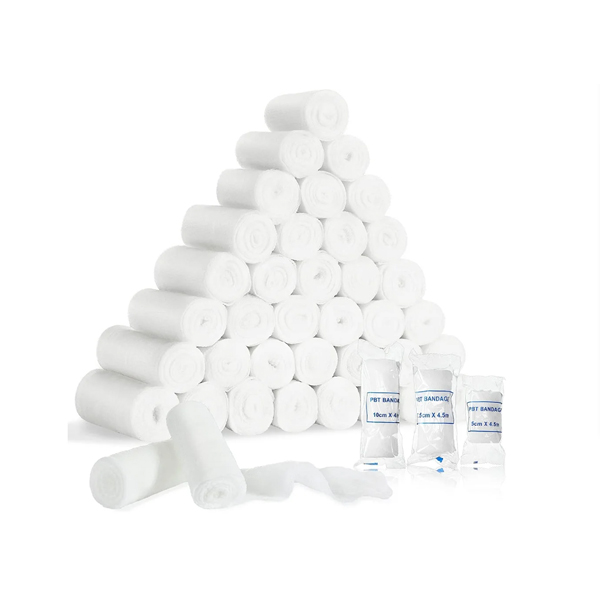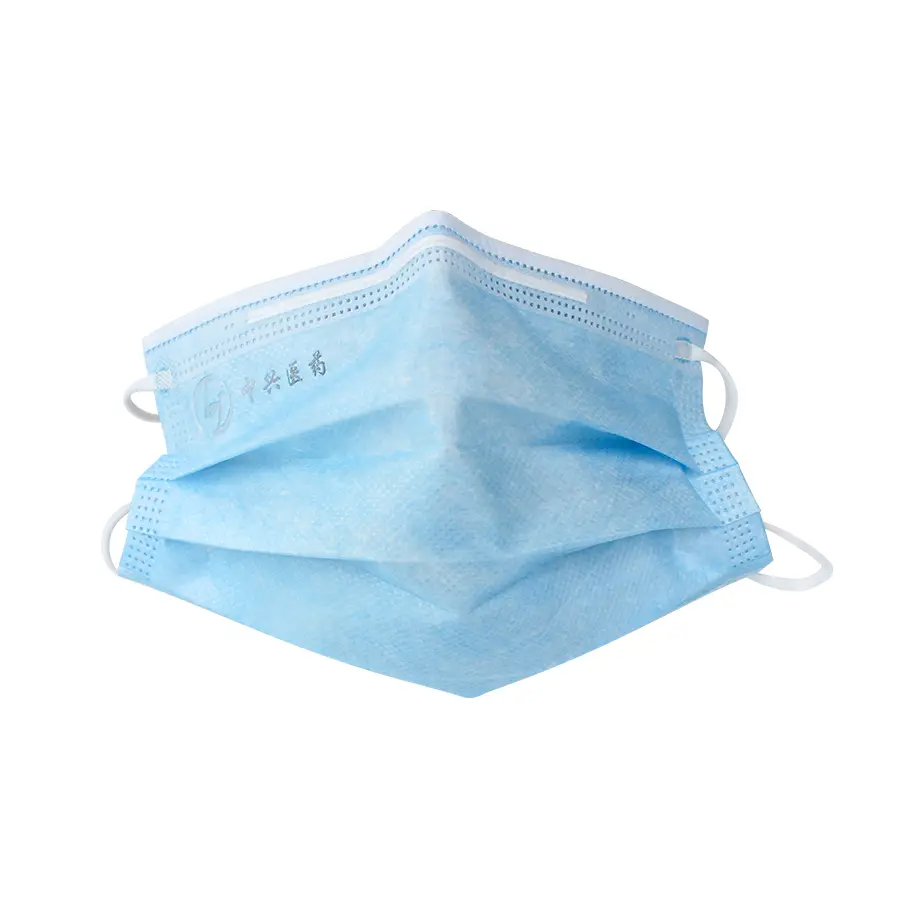When it comes to first aid and wound care, having the right gauze and bandage supplies is crucial. This article dives deep into the world of gauze rolls, gauze pads, and other essential dressings, explaining their uses, types, and why choosing a reliable supplier is vital. Whether you’re a hospital procurement manager or a clinic administrator, understanding the nuances of these medical supplies is key to effective patient care.
What is Gauze and Why is it a Staple in First Aid and Wound Care?

Gauze is a loosely woven cotton or non-woven fabric that is a cornerstone of first aid supplies. Its open weave allows for breathable coverage of wounds, promoting air circulation and preventing moisture buildup, which can hinder healing. For centuries, gauze has been used for wound care due to its absorbent properties, making it effective at soaking up exudate (fluid) from wounds. Whether it’s a minor cut or a more significant injury, gauze plays a vital role in protecting the wound site from infection and promoting faster healing. Its versatility extends from simply covering a minor injury to being a crucial component in complex wound dressing protocols used by medical professionals.
The inherent qualities of gauze make it indispensable. Its soft texture provides a cushion against further injury, while its ability to be easily folded or cut allows for customized application to wounds of various sizes and shapes. From small gauze pads used for cleaning minor scrapes to large gauze rolls used for securing dressing pads, gauze is a fundamental element in maintaining a clean the wound environment and supporting the body’s natural healing process. Think of gauze as the reliable foundation upon which effective first aid and wound care are built.
Gauze Pads vs. Gauze Rolls: Understanding the Difference for Effective Dressing

While both gauze pads and gauze rolls are essential medical supplies, they serve slightly different purposes in wound care. Gauze pads, sometimes referred to as gauze sponges, are pre-cut squares of gauze available in various sizes. They are primarily used for direct application to a wound, providing absorbent coverage to soak up blood and other fluids. Gauze pads are great for cleaning wounds, applying antiseptic solutions, and providing a protective barrier. You’ll often find them in packs of 1 or in bulk for hospital use.
Gauze rolls, on the other hand, are long continuous strips of gauze that need to be cut to the desired length. Their primary function is to secure dressing pads in place. Think of a gauze roll as a bandage designed to hold the primary dressing (like a gauze pad) firmly against the wound. The continuous nature of gauze rolls allows for wrapping around limbs or other body parts, ensuring the dressing stay in place even with movement. A common type is conforming gauze, which is designed to stretch and mold to the body’s contours. Understanding this difference between gauze pads and gauze rolls is crucial for selecting the right supplies for effective wound care.
What are the Different Types of Gauze and When Should You Use Them?
The world of gauze isn’t as simple as it might seem! There are various types of gauze, each designed for specific wound care needs. Woven gauze, typically made from cotton, is the most common type. It’s known for its high absorbency and is available in both sterile and non-sterile forms. Sterile gauze is crucial for direct contact with open wounds to prevent infection, while non-sterile gauze can be used for cleaning intact skin or as a secondary layer.
Another type is non-woven gauze, made from synthetic fibers. It often has a softer texture and produces less lint compared to woven gauze. This makes it a good option for fragile skin or when lint contamination is a concern. You might also encounter impregnated gauze, which contains substances like petrolatum or antimicrobial agents. Petrolatum gauze helps keep the dressing from sticking to the wound, while antimicrobial gauze helps to reduce the risk of infection in certain types of wounds. Understanding these different types of gauze allows medical professionals to select the most appropriate material for various wound types, ultimately contributing to better patient outcomes. The choice often depends on the level of exudate, the risk of infection, and the sensitivity of the skin around the wound.
Conforming Gauze Rolls: What Makes Them Ideal for Securing Dressings?

Conforming gauze rolls are a popular choice for securing dressings, and for good reason. Their key feature is their stretchable nature, allowing them to easily mold and conform to the body’s contours. This is particularly important when bandaging areas like joints or limbs that require flexibility. The conforming stretch gauze bandage ensures a snug and secure fit without restricting movement or causing discomfort. This helps to keep the primary dressing (like a gauze pad) firmly in place, preventing it from shifting and potentially exposing the wound site to contamination.
The slight elasticity of conforming gauze rolls also helps to apply even pressure, which can be beneficial for controlling bleeding and reducing swelling. Unlike traditional rigid bandages, conforming gauze adapts to the changing shape of the bandaged area, providing consistent support. This makes them ideal for securing wound dressings on various parts of the body, from fingers and toes to arms and legs. The breathable nature of the gauze material also contributes to patient comfort, allowing air to circulate and preventing moisture buildup under the bandage. When you need a reliable way to ensure your dressing stay in place, conforming gauze rolls are an excellent solution.
Sterile vs. Non-Sterile Gauze: Which Type Should You Choose for Different Wounds?
The decision between sterile gauze and non-sterile gauze hinges on the condition of the wound. Sterile gauze has undergone a sterilization process to eliminate all microorganisms, making it the essential choice for direct contact with open wounds, surgical incisions, and burns. Using sterile gauze in these situations is paramount to preventing infection and ensuring a clean the wound environment conducive to healing. Think of sterile gauze as a critical barrier against bacteria and other harmful pathogens.
Non-sterile gauze, on the other hand, while clean, has not undergone the same rigorous sterilization process. It’s perfectly suitable for situations where the risk of infection is lower. This includes cleaning intact skin around a wound, providing a secondary layer of padding over a sterile dressing, or for absorbing drainage from wounds that are already healing. Using non-sterile gauze for these purposes can be more cost-effective. It’s important to always check the packaging to determine if the gauze is sterile. For first aid kits and home use, having both sterile and non-sterile gauze options available provides flexibility for different first aid wound care scenarios. Remember, when in doubt, especially with open wounds, always opt for sterile gauze.
Beyond Basic Gauze: Exploring Specialized Gauze Dressings for Various Wound Types
While standard gauze pads and gauze rolls are versatile, specialized gauze dressings are designed to address specific wound care challenges. For wounds with significant exudate, high absorbency gauze options are available, often made with multiple layers or super-absorbent polymers. These help to manage moisture effectively, preventing maceration (softening of the skin due to excessive moisture).
Non-adhesive gauze is another specialized type, particularly useful for fragile wounds or burns where sticking can cause pain and further damage. These dressings often have a silicone or other non-stick coating. Wet to dry dressings, a traditional method for debriding (removing dead tissue) wounds, utilize gauze moistened with saline. As the wet gauze pad dries, it adheres to the dead tissue, which is then removed when the dressing is changed. Products like Kerlix gauze, a fluffy, bulky stretch gauze, are often used for this purpose or for packing deep wounds. Understanding the characteristics of these specialized gauze dressings allows medical professionals to tailor their approach to individual patient needs, promoting optimal healing for even complex wounds.
How to Properly Apply a Gauze Bandage for Optimal Wound Healing?
Applying a gauze bandage correctly is crucial for effective wound care. First, ensure the area clean. If you’re using sterile gauze, open the package carefully, avoiding touching the gauze itself. Place a gauze pad directly over the wound. Then, begin wrapping the gauze roll around the injured area, starting below the gauze pad.
As you unroll the bandage, apply gentle, even pressure. Avoid wrapping too tightly, which can restrict circulation, or too loosely, which won’t adequately secure the dressing. Overlap each layer of the gauze slightly to ensure good coverage. For limbs, wrap in a spiral pattern, moving upwards. Once the dressing is secure, you can tear or cut the gauze. Some gauze bandages come with clips or self-adhesive closures to keep them in place. If not, you can use medical tape. The goal is to bandage around the wound firmly enough to hold the dressing in place but not so tightly that it causes discomfort or cuts off circulation. Regularly check the bandage to ensure it remains clean and dry. Proper application helps the dressing do its job of protecting the wound and promoting faster healing.
Why is Choosing a Reliable Medical Supply Partner for Your Gauze and Bandage Needs Important?
When it comes to medical supplies like gauze and bandages, reliability is paramount. Choosing a dependable supplier ensures you consistently receive premium medical supplies that meet stringent quality standards. This is especially crucial in a B2B context where hospitals, clinics, and other healthcare facilities rely on these products for daily patient care. A reliable partner like ZhongXing, a factory with 7 production lines in China, can guarantee consistent product quality and adherence to necessary certifications like ISO 13485 and CE marking.
Consistent quality minimizes the risk of product defects or contamination, directly impacting patient safety. Furthermore, a strong supplier relationship ensures timely delivery, preventing potential supply shortages that could compromise patient care. For procurement managers like Mark Thompson in the USA, dealing with a trustworthy supplier simplifies the purchasing process, reduces the need for constant quality checks, and provides peace of mind knowing that the medical gauze, cotton balls, cotton swabs, and other essentials are readily available and of high quality. Building a long-term relationship with a reputable manufacturer streamlines medical supplies procurement and contributes to the overall efficiency of healthcare operations.
Frequently Bought Together: What Other Medical Supplies Complement Gauze and Bandages?

Gauze pads and gauze rolls are often part of a broader set of first aid supplies and medical supplies. Thinking about what’s frequently bought together can help ensure you have a comprehensive inventory. Essential companions to gauze and bandages include antiseptic wipes or solutions for wound cleaning, medical tape for securing dressings, and first aid creams or ointments. Medical cotton, cotton balls, and cotton swabs are also frequently used in conjunction with gauze for cleaning and applying medications.
Depending on the setting, other commonly paired items include disposable face masks for infection control, isolation gowns for protecting healthcare workers, and medical bed sheets for patient comfort and hygiene. For dental practices, dental cotton rolls are a specialized but essential item. In surgical settings, items like surgical sutures with needles and suction connecting tubes are often used alongside gauze. Understanding these complementary medical supplies allows procurement professionals to efficiently stock their facilities with all the necessary items for comprehensive patient care.
Where Can You Find High-Quality Gauze Rolls and Bandages for Your Medical Facility?
Finding a reliable source for high-quality gauze rolls and bandages is crucial for healthcare facilities. As Allen from China mentioned, attending exhibitions, specifically medical device and healthcare exhibitions, is an excellent way to connect with manufacturers like ZhongXing directly. These events provide a platform to see product samples, discuss specific needs, and build relationships with potential suppliers.
Beyond exhibitions, Google search and online B2B marketplaces like Alibaba and Global Sources are valuable resources for finding suppliers. Industry-specific directories can also help locate manufacturers specializing in disposable medical consumables. When searching, it’s important to look for suppliers who emphasize high-quality medical-grade materials, offer both sterile and non-sterile options, and comply with relevant medical standards like ISO 13485 and CE marking. For customers like Mark Thompson in the USA, understanding the key concerns when purchasing, such as quality assurance, sterility validation, and regulatory compliance, is vital when evaluating potential suppliers. By utilizing a combination of these resources, healthcare facilities can identify reputable partners for their gauze and bandage needs.
In summary, remember these key points about gauze and bandages:
- Gauze is a fundamental material for first aid and wound care, available in various types for different needs.
- Gauze pads are for direct wound coverage, while gauze rolls secure dressings.
- Sterile gauze is essential for open wounds to prevent infection.
- Proper application of gauze bandages is crucial for effective healing.
- Choosing a reliable supplier ensures consistent quality and timely delivery.
By understanding the nuances of gauze, bandages, and their applications, you can make informed decisions to provide the best possible care for your patients. Consider exploring our range of Medical Cotton and Medical Gauze products for your facility’s needs. You might also be interested in our selection of Gauze Bandages. For comprehensive surgical solutions, check out our Surgical Sutures with Needles.
Post time: 1月-03-2025





